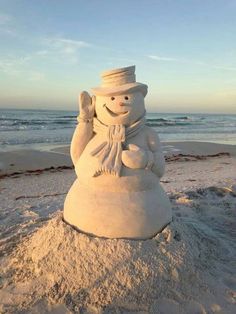
Winter Down South
It's no surprise that when freezing temps blast an area where annual winterization isn't the norm, damage claims are sure to follow. If your winter storm-prep plan consists of hanging a garage drop light in the engine compartment and calling it good, you may want to beef it up with some of the following tasks. Just because its not freezing all winter down here, doesn't mean you should ignore these tips.
Engines:
Because the engine is likely the most expensive piece of gear you'll have aboard, proper engine winterization is crucial. From cracked blocks to fractured manifolds and risers, engines are particularly susceptible to costly freeze damage. Review your engine manual so you correctly complete all manufacturer-recommended steps for protection against freezing weather.
Sanitation System:
Properly dump and clean portable, self-contained toilets. Flush and completely pump out permanently installed toilets and holding tanks. Follow the manufacturer's instructions for additional winterization guidance.
Air-conditioning System:
Drain or purge all water, including the raw-water strainer. An alternative is to flush the system with antifreeze; just be sure the entire system is protected (the seacock, strainer, pump, and all downstream plumbing).
Canvas:
Remove all canvas (including bimini tops and curtains) where appropriate and store ashore. Don't wait until it's too cold to do this, as the material may crack or be too stiff. Ensure that any canvas or covers left in place are robust enough to withstand high winds, ice, and snow. In many parts of the country, storm winds exceed what a bimini top is designed to endure.
Sails:
Ideally, sails should be removed and stowed ashore before a storm. If that's not possible, however, they should be secured to prevent unfurling and flogging
Remove and stow sails ashore to prevent damage. If you can't, securely lash them in place to prevent unfurling/flogging. A flogging sail can damage not only your rig but also your neighbor's.
Hauled/Stored Ashore:
Check the condition of cradles, support blocks, and jackstands. Ensure that each is positioned properly and that your boat is properly supported.
Place strong, stable plywood sheets under jackstand bases, and ensure that safety chains are in use. Boats can rock in high winds, causing unchained jackstands to move and allowing the boat to fall. Make sure your boat is level, to promote proper drainage. Never tie covers to jackstands or support blocks. Flapping canvas can yank them out in high winds, causing the boat to topple over. Remove all bilge drain plugs.
Based on an article in BoatUS by Frank Lanier